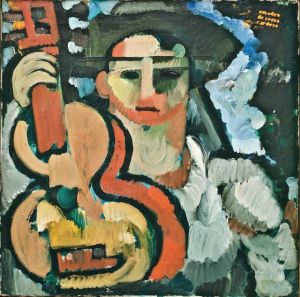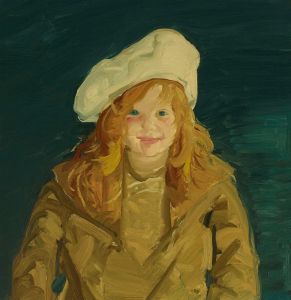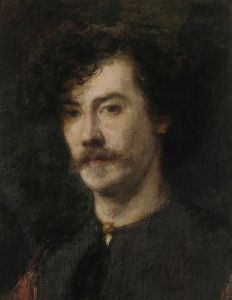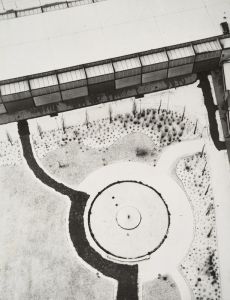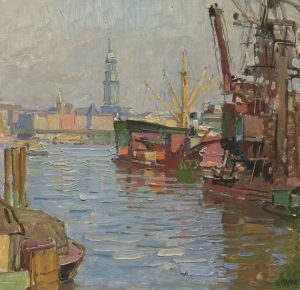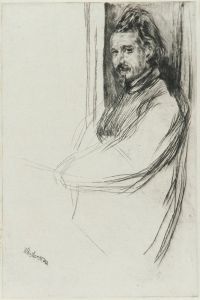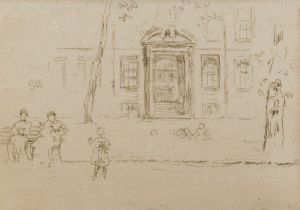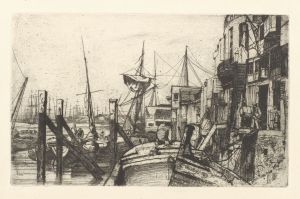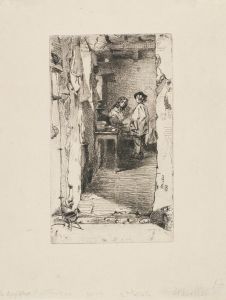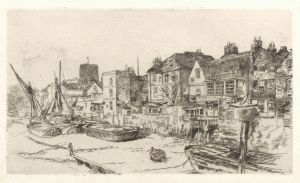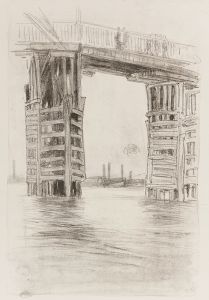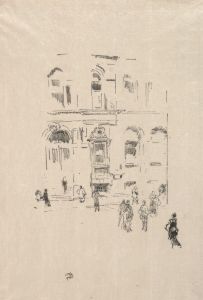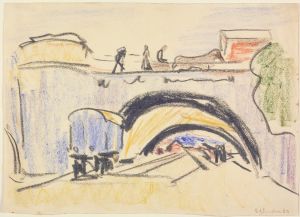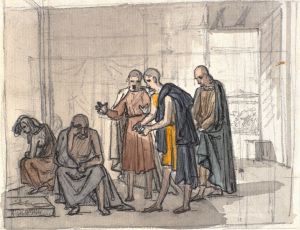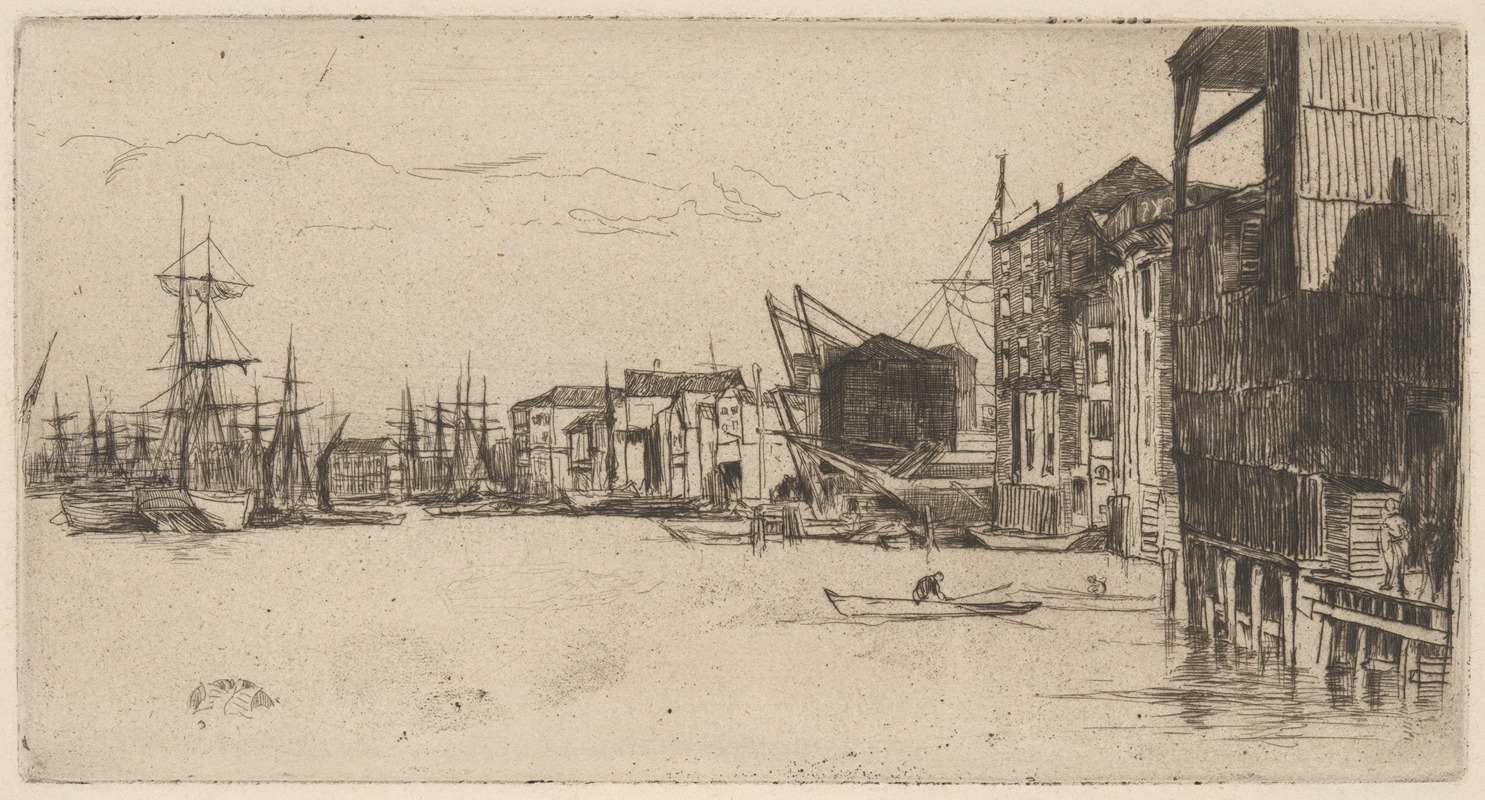
Free Trade Wharf
A hand-painted replica of James Abbott McNeill Whistler’s masterpiece Free Trade Wharf, meticulously crafted by professional artists to capture the true essence of the original. Each piece is created with museum-quality canvas and rare mineral pigments, carefully painted by experienced artists with delicate brushstrokes and rich, layered colors to perfectly recreate the texture of the original artwork. Unlike machine-printed reproductions, this hand-painted version brings the painting to life, infused with the artist’s emotions and skill in every stroke. Whether for personal collection or home decoration, it instantly elevates the artistic atmosphere of any space.
James Abbott McNeill Whistler's Free Trade Wharf is a watercolor painting created by the American-born artist, who is widely recognized for his contributions to the Aesthetic Movement and his innovative approach to art during the 19th century. Whistler, known for his mastery of tonal harmony and his emphasis on mood and atmosphere, produced this work as part of his ongoing exploration of urban and industrial landscapes.
The painting depicts Free Trade Wharf, a location situated along the River Thames in London. During Whistler's time, the Thames was a bustling hub of commerce and industry, with numerous wharves and docks lining its banks. Free Trade Wharf, specifically, was one of the many sites associated with the import and export of goods, reflecting the economic vitality of Victorian London. Whistler's choice to capture this scene aligns with his interest in portraying the interplay between the natural and industrial elements of the city.
In Free Trade Wharf, Whistler employs his characteristic subtle palette and delicate brushwork to evoke the atmosphere of the riverside setting. The painting features muted tones and a focus on the effects of light and shadow, creating a sense of tranquility despite the industrial subject matter. Whistler's approach to composition emphasizes simplicity and balance, drawing the viewer's attention to the harmony of the scene rather than its specific details.
This work is part of Whistler's broader series of Thames-related artworks, which include both paintings and etchings. These pieces collectively document his fascination with the river as a source of inspiration and his ability to find beauty in everyday urban environments. Whistler's Thames series is notable for its departure from traditional, highly detailed depictions of cityscapes, instead prioritizing mood and impression over precise representation.
Free Trade Wharf is an example of Whistler's skill in watercolor, a medium he used to great effect throughout his career. The painting demonstrates his ability to capture fleeting moments and ephemeral qualities, such as the play of light on water or the hazy atmosphere of a riverside morning. This focus on transience and mood aligns with Whistler's broader artistic philosophy, which sought to elevate art beyond mere representation and into the realm of aesthetic experience.
The exact date of the painting's creation is not definitively documented, but it is generally associated with Whistler's time in London during the mid-to-late 19th century. Today, Free Trade Wharf is recognized as an important example of Whistler's work and his contribution to the development of modern art. The painting is held in a private collection or museum, though its current location is not specified in publicly available records.





